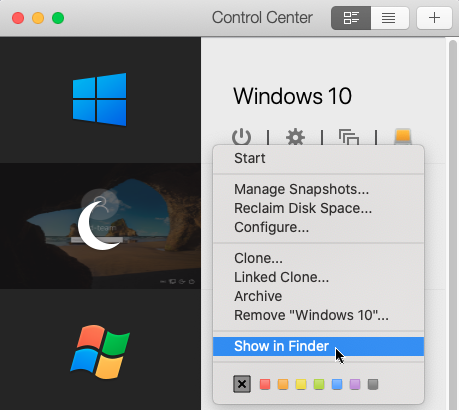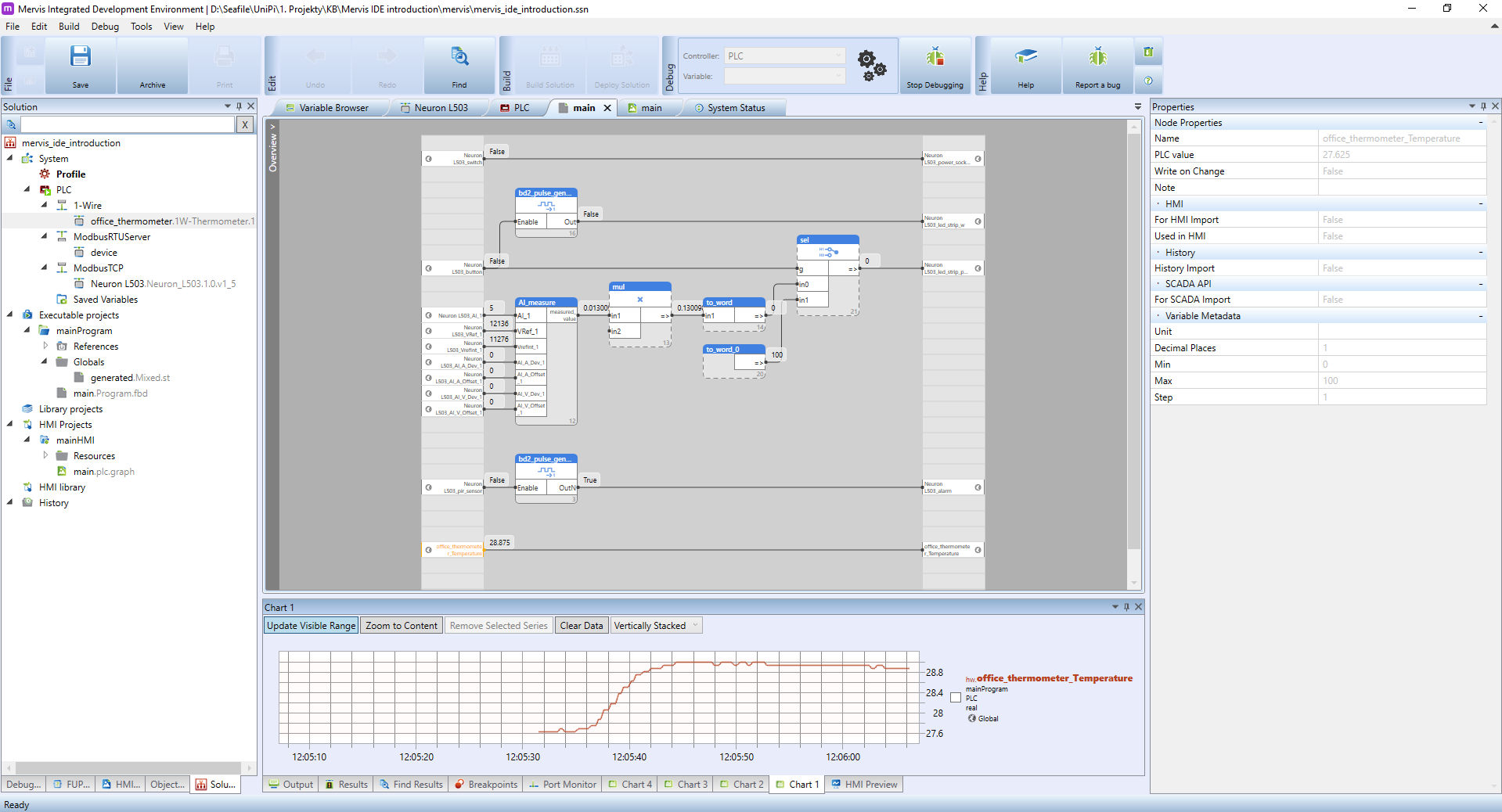Exploring the Uncharted Territory In the vast expanse of the digital universe lies a realm yet to be fully discovered:…
Unleashing Power: Parallels Desktop M1 Max Performance Understanding the M1 Max Architecture At the heart of the latest advancements in…
Mastering Loops: Efficient Iteration Techniques Loops are the backbone of programming, allowing developers to repeat a block of code multiple…
Exploring the Fusion: Oculus Quest 2 Virtual Desktop for MacBook A Seamless Integration In the realm of technology, few things…
Unlocking the Power of Parallel Virtual Space In the fast-paced world of technology, efficiency is key. Whether it's juggling multiple…
Mastering PLC Programming: Expert Tips and Tricks In the realm of industrial automation, PLC (Programmable Logic Controller) programming stands as…





